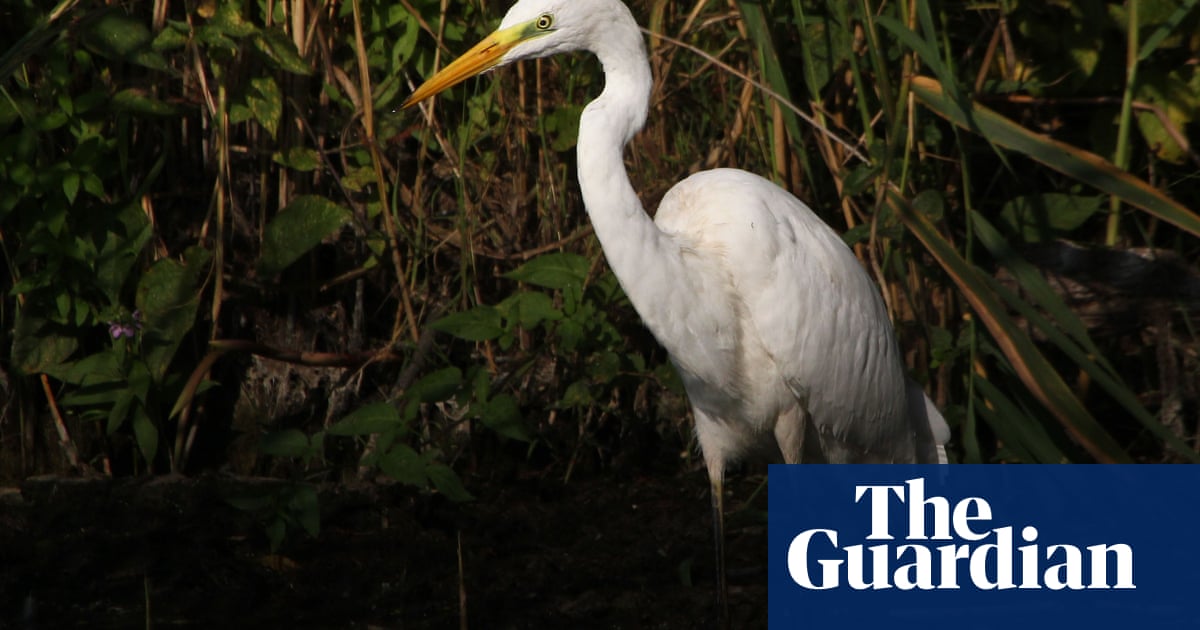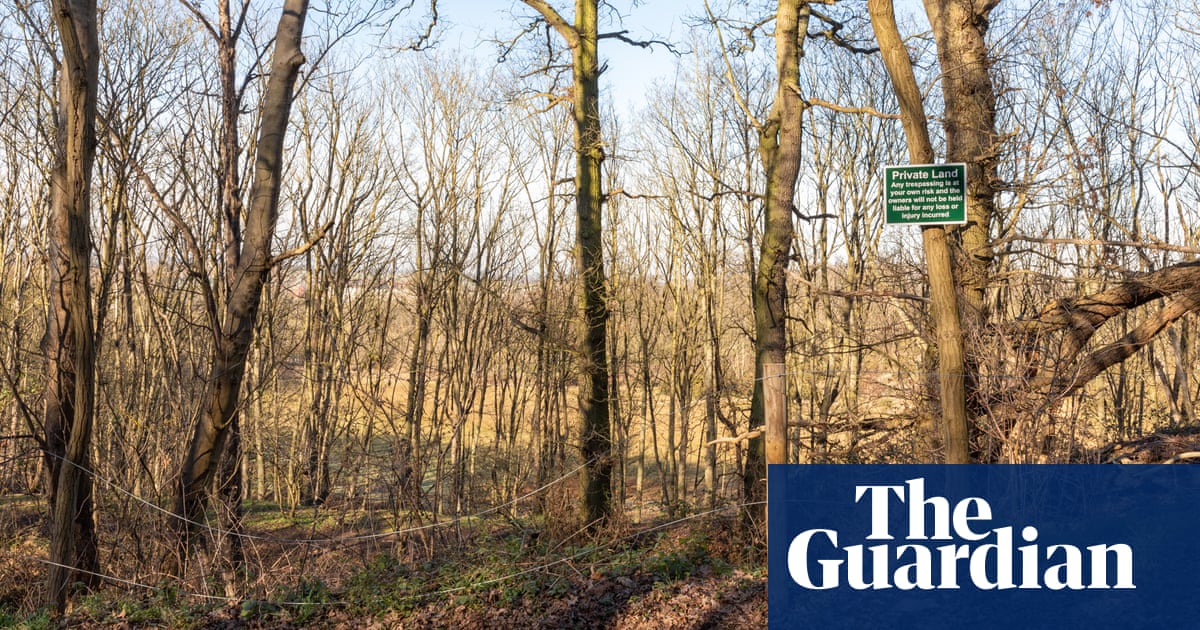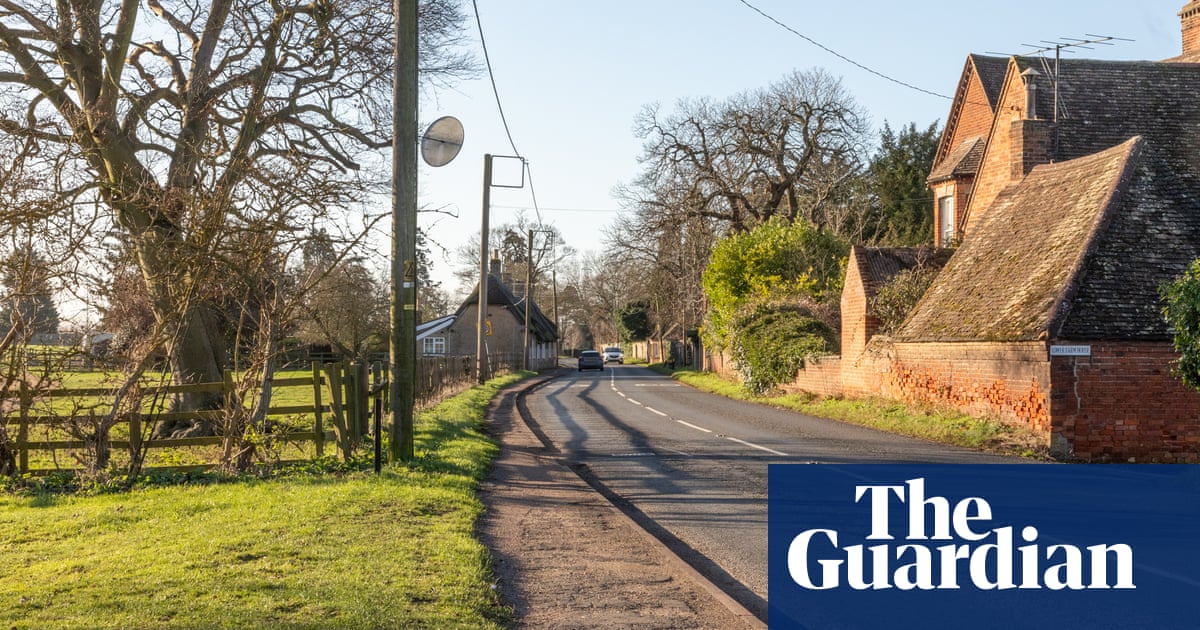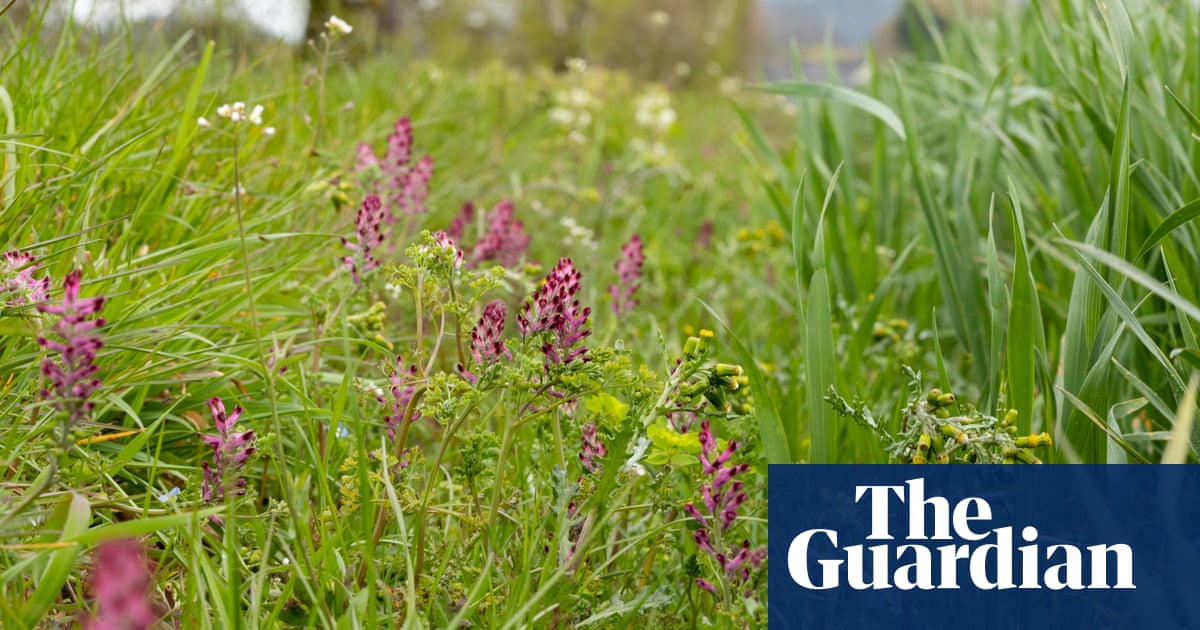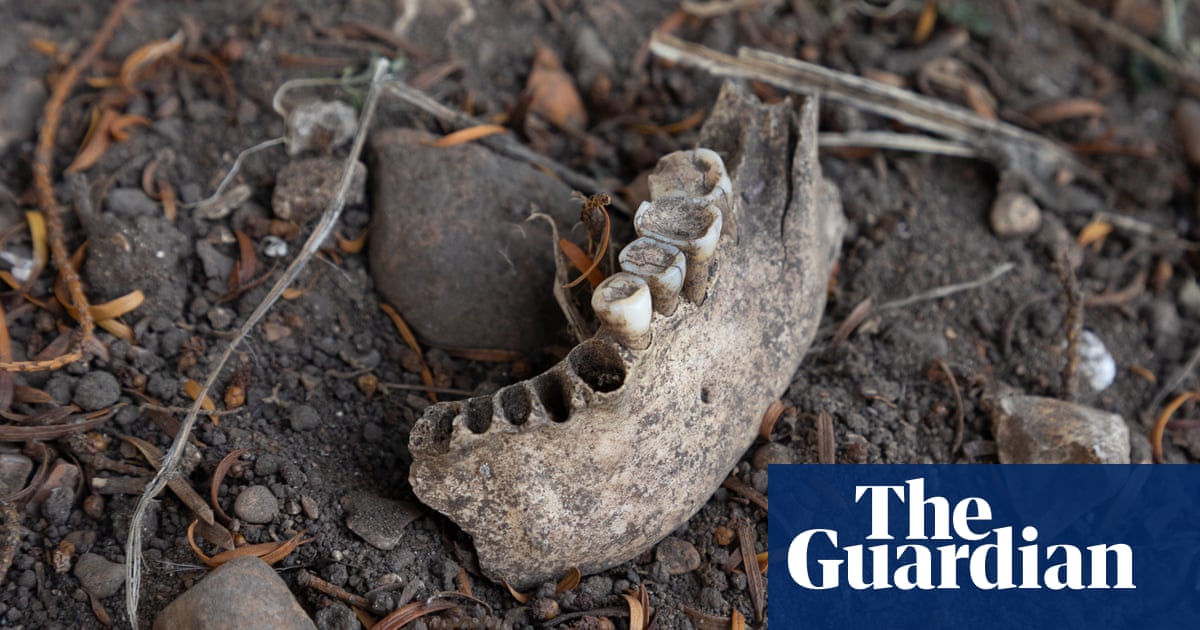
In many a country graveyard, the dead rise up to the light after centuries down below. Six feet under is no guarantee of eternal rest, for gravediggers animal and human conspire to bring relics of the long gone to the surface. Over time, splinters and shards of deep‑buried bones sometimes come out into the open.
This tiny, out of the way churchyard, where interments are rare, is typical of a scene I’ve found in at least a dozen others in this area. Grass grows long and raggedy around tombstones of the forgotten, but is clipped short around the graves of the landowning family. The last of the hereditary line stands at the end of a row of monuments on this mown turf, his clean stone yet to take on the lichened patina of age.
Gravediggers have been turning the soil in this churchyard for 800 years, but other forces are at work too. Yew trees offer awnings for rabbits who have taken the roots for their columns and arches as they warren beneath. The diggings from every spoil heap of every burrow begin to unearth the shattered fragments of ordinary folk who died long, long ago. Truly these rabbits are sextons in reverse.
At the mouth of one burrow, under the umbrella of a yew, and far from any headstones old or new, I find half of a lower jaw with four of the grinding back teeth still intact. And grind they did, the molars and single premolar quite worn, each crown a stump. Did this belong to an older person or a younger villager with a hard diet? The bumps, ridges and hollows of the abandoned medieval settlement are in a field just over the churchyard perimeter fence. Was this person’s whole existence and afterlife confined to such a small patch of land?
Whatever the answers, this is evidence not just of a life, but of how it was lived. I pick up the jaw, and wipe soil from the side of the premolar. Its enamel is smooth to the touch. Unconsciously, I find I am pressing the tip of my tongue against the smooth enamel of my own premolar.





